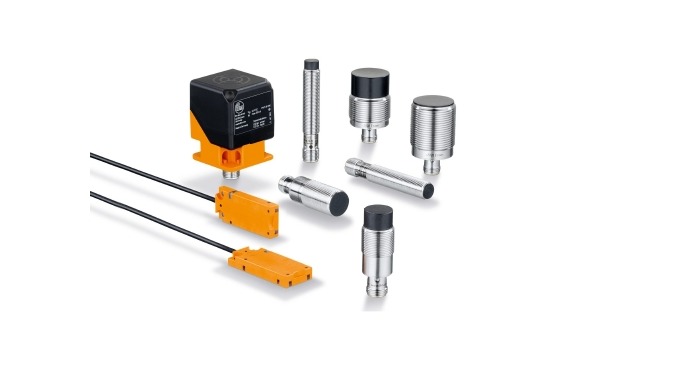
Product
TrackView
TrackView uses patented smart sensor technology developed in South Africa. It allows railway operators to have real-time information about events on their railway lines, without the installation and material costs of extensive track side cabling and the security and maintenance associated with such cables.
TrackView’s key benefits include:
● Axle counng & train integrity
● Rail break detection with location (<1m)
● Sensing range of up to 4km
● Real-time train speed and posion
● Reduced trackside infrastructure
● Event detection (eg landslides, flooding)
Price of the Product
Characteristics of the Product
- Origin South Africa
Category of the Product
Our recommended products and services
-
-
The VVB30x continuously detects the vibrations in three measurement axes and uses them to calculate proven indicators for evaluating the machine condition. This provides the user with information on fatigue (v-RMS), mechanical friction (a-RMS), impacts (a-Peak) and bearing wear (Crest). The surface temperature is also transmitted as an additional wear indicator.
-
RFID 125 kHz RFID systems for use in production and conveyor technology, identification of workpiece carriers and products.
-
Automation technology can no longer be imagined without photoelectric sensors as "artificial eyes". They are used where a reliable and non-contact detection of the exact position of objects is required. The material of the object to be detected is of no importance. Compared to inductive sensors, photoelectric sensors have a much greater sensing zone. Through-beam sensors are distinguished by a long range. The system consists of two separate components: a transmitter and a receiver. The light only covers one way (from the transmitter to the receiver). Adverse effects in the applications, such as dust in the air, dirt on the lenses, steam or mist do not immediately interfere with the system. For retro-reflective sensors the transmitter and receiver are incorporated into one housing. By means of a reflector the transmitted light is returned to the receiver. Retro-reflective sensors without polarisation filter operate with infrared light, systems with polarisation filter with visible red light. Diffuse reflection sensors are used for the direct detection of objects. The transmitter and receiver are integrated into one housing. The transmitter emits light which is reflected by the object to be detected and seen by the receiver. The light reflection from an object is evaluated. Therefore additional functional components (such as reflectors for retro-reflective sensors) are not needed for the operation of a diffuse reflection sensor.
-






